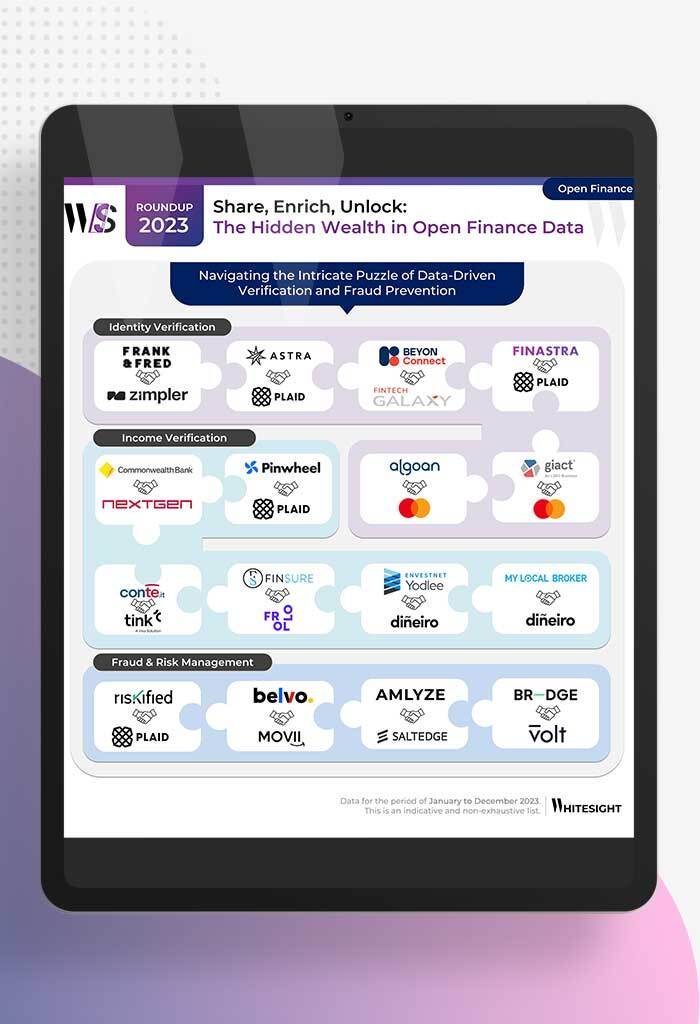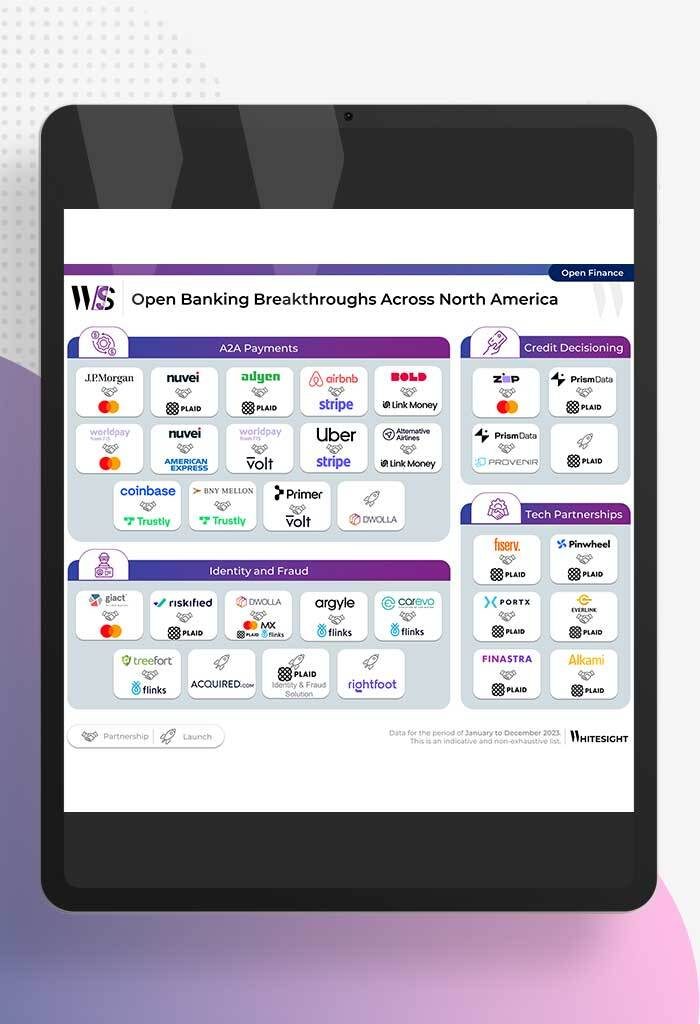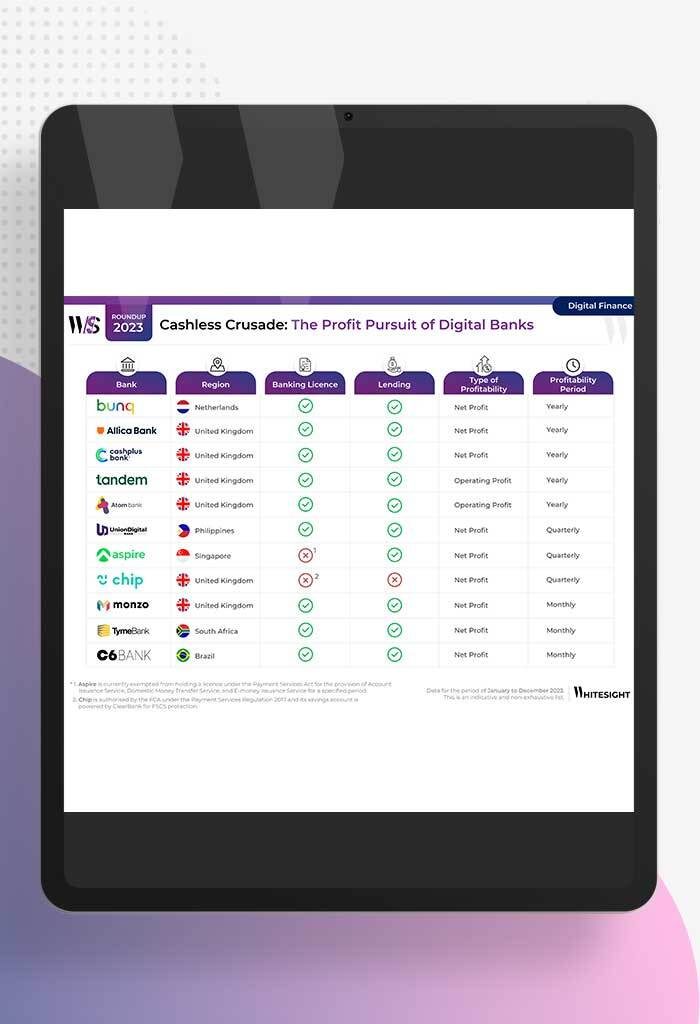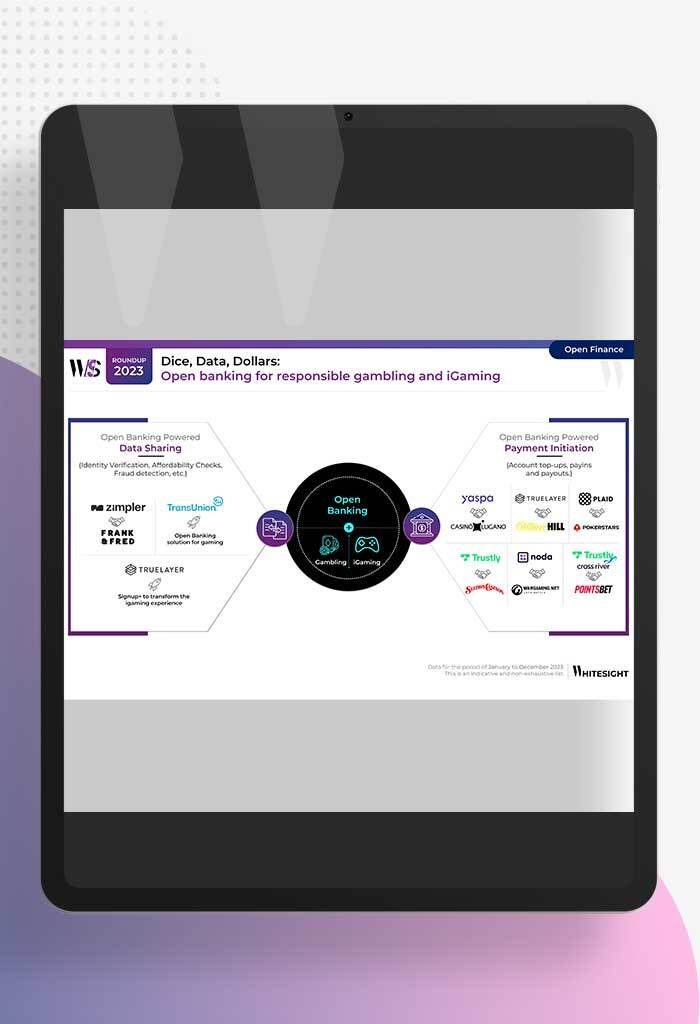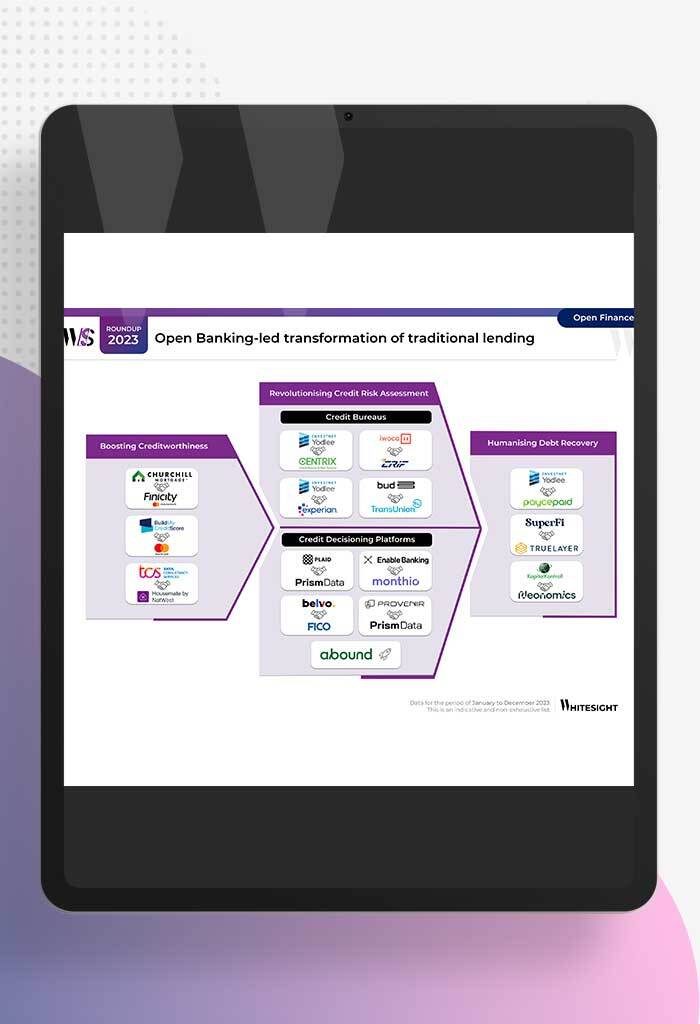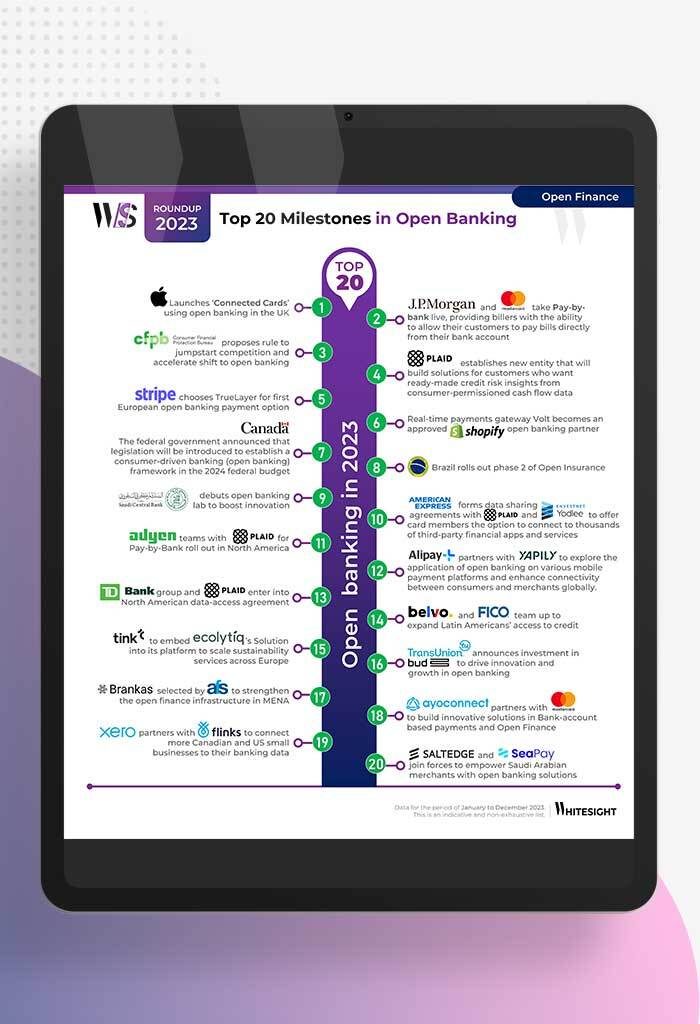Generative AI in Finance and Beyond
- Afshan Dadan and Ananya Shetty
- 5 mins read
- Fintech Strategy, Insights
Table of Contents
Generative artificial intelligence (AI) describes algorithms (such as ChatGPT by Open AI, StyleGAN by NVDIA, DeepDream by Google) that can be used to create new content, including audio, code, images, text, simulations, and videos. McKinsey Tweet Over the past six months, the world of generative AI has been rapidly expanding, with breakthroughs and applications emerging at an unprecedented pace. From language processing to image generation, the capabilities of generative AI have grown exponentially, opening up exciting possibilities for industries and individuals alike.This Google Trends comparison paints an interesting picture of the popularity of some terms that have taken the online world by storm. While the interest in ChatGPT peaked since its introduction in November 2022, it now seems to be slowly declining as the landscape gets crowded. AI, though, is at an all-time high, given the unanimous interest it has been witnessing. What must be noted is that while ChatGPT and AI are the buzzwords, the actual term to describe this new AI phenomenon – generative AI – is nowhere nearly as popular as its counterparts. AI is everywhere If you’ve been online recently, that’s what you’ve probably thought looking at the discourse in the tech bubble. From software and […]
This post is only available to members.
Already a subscriber? Log in to Access
Unlock this blog
Gain exclusive access to this blog alone.
Radar Subscription
Select a membership plan that resonates with your
goals and aspirations.
Not Ready to Subscribe?
Experience a taste of our expert research with a complimentary guest account.
We publish new research regularly. Subscribe to stay updated.
No spam.
Only the best in class fintech analysis.
Related Posts
- Kshitija Kaur and Sanjeev Kumar
From Data Streams to Enriched Data Fountains Remember the early days of plumbing? Water flowed freely, but its quality was...
- Samridhi Singh and Sanjeev Kumar
North America’s Open Sesame: Use Cases Bloom Open banking has garnered significant attention in recent years, and at Whitesight, we’ve...
- Samridhi Singh and Sanjeev Kumar
Profitability Unlocked: Licences, Service, and Survival The rise of digital banks has sparked a paradigm shift in how we perceive...
- Sanjeev Kumar and Risav Chakraborty
High stakes in the gambling sector The online gambling industry is booming, with a projected market size of $107.3B by...
- Sanjeev Kumar and Risav Chakraborty
Open Banking-led Transformation of Traditional Lending In 2023, a wave of innovation swept through the lending industry, thanks to several...
- Sanjeev Kumar
Unmasking Open Banking’s Game Changers in 2023 2023 has been a pivotal year in the world of open banking, marked...
